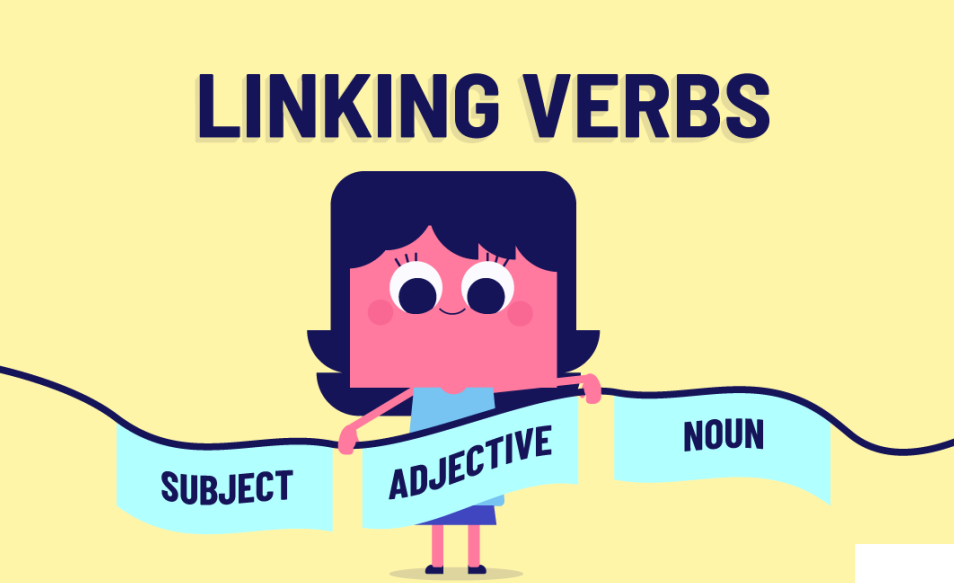By: Phillip Mattie
While evaluating a diploma examination essay, an exam grader, offline or online English tutoring or grader, goes through a very long, very detailed checklist. It contains one curious little box that reads: “Do all subjects and verbs agree?” Most high school students will write an essay and not even think of subject-verb agreement or even know what it is when, in fact, it is one of the cornerstones of the English language.
Gut instincts will get most students this box checked off, but others need some technical knowledge of the English language in order to earn that accomplishment. Below is a detailed run-down of what you absolutely need to know in order to get that box checked.
First off, I will answer the question that I am sure is coursing through your mind: “What is a subject?” I am not referring to a subject in school, like math or English. I am talking about subjects of sentences. Take this simple sentence: “He is a kind person.” The subject of this sentence is ‘he.’ So, essentially, the subject of a sentence is the person, object, or place being discussed, and it is typically the first noun found in sentences.
However, as we all know, English is not so easily mastered. Subjects can be entire phrases, as well. Take, for example, the sentence, “Steve’s ridiculously cute cat is in the sink again.” Now, the subject in the above sentence is “Steve’s ridiculously cute cat.” That’s right, the entire phrase acts as the subject.
How to Pick Out a Subject in a Sentence?
One way to easily pick out a subject in a simple sentence is to look at what comes before the verb. In this case, the sentence uses the verb “is,” so everything before the verb acts as the subject. And, in this case, the subject is one phrase that is possessive of the singular noun ‘cat.’
Additionally, both examples in the above paragraphs use singular subjects. Steve only has one cat and we can refer to only one person as ‘he.’ However, subjects can be both singular or plural, which brings us around nicely to the definition of the ‘subject-verb agreement.
‘ When a subject is singular, the verb must be singular as well, thus the “agreement” between subject and verb. Inversely, if a subject is plural, the verb must be plural as well. Let’s say that Steve has two cats, and that both of his cats are in the sink. Notice the plural noun ‘cats’ and the plural verb ‘are.’ Here, the subject is plural and the verb is plural. The stars have aligned and we have reached the beautiful summit of the subject-verb agreement. Huzzah!
So far, we read about the verbs ‘is’ and ‘are’ as the irregular forms of the verb “be,” but what if a simple present verb is used? Simple present verbs are those that involve an everyday activity or some kind of habitual behaviour; for example, “take,” “walk,” or “run.” If you have a plural subject, then you will use the base form of the verb. “No ‘s’ on the verb,” as I like to tell my students.
Here’s an example:
“Bob and Suzan walk down a path every morning.” There is a plural subject in Bob and Suzan, so there is no ‘s’ on the verb ‘walk.’ Inversely, if there is a singular subject, you will need an ‘s.’ “Bob walks down a path every morning.” Pretty simple stuff as I have said, though….
Usage of Auxiliary Verb: Learning with Online English Tutoring
Problems often occur when we use auxiliary verbs. We use auxiliary verbs in many different verb tenses and consist of the ‘be’ verb, the ‘do’ verb, and the ‘have’ verb. They are used with main verbs; basically, there are two verbs following the subject of the sentence. This is a major subject with many prominent online English tutoring programs.
“Phillip is writing an article about grammar right now and I think his hair is falling out,” is a good example of a sentence that uses auxiliary verbs and an main verbs. It uses ‘is’ as an auxiliary with ‘writing’ as the main verb. It also pairs the auxiliary and main verbs ‘is’ and ‘falling.’ Note that it is the auxiliary verb that agrees with the subject! Here is a good all-around tip for subject-verb agreement when using auxiliary verbs: The auxiliary verb will always agree with the subject rather than the main verb.
This rule is also true when using ‘do’ and ‘have’ as auxiliaries. Typically, we use ‘do’ in negative sentences or questions and has an irregular spelling from singular to plural, from do to does. “Phillip doesn’t want a new phone” is an example of a negative sentence that uses the auxiliary ‘does’ as a singular verb. I beg you, make the subject and the auxiliary verb agree rather than the subject and the main verb. If, on your essay, you write, “Phillip don’t want a new phone,” you will not get that box checked off. Sorry.
Final Words
Unfortunately, it’s not easy to check off that little box at the end of the essay. One disagreement and it’s lights out. Some students will have enough reading hours, especially with online English tutoring, under their belts and have enough writing experience to get it checked off. If you are lacking in reading and writing hours, I highly suggest finding a way to bridge those hours with some form of grammatical knowledge. Look into form and function and study grammar rather than reading. This article is a great place to start, especially if your teacher has made a note of a problem in your subject-verb agreement.
I will also warn you that it gets harder. I attended Mount Royal University, where three subject-verb agreement errors will net you a D+ or worse on an essay. Grammar is a big deal. Don’t let the test beat you on something as simple as the subject-verb agreement. And no, I never got a D+ during my time at Mount Royal.
Understanding the subject-verb agreement carefully can improve your reading and comprehension skills. Hopefully, this grammar tip is helpful to you.


